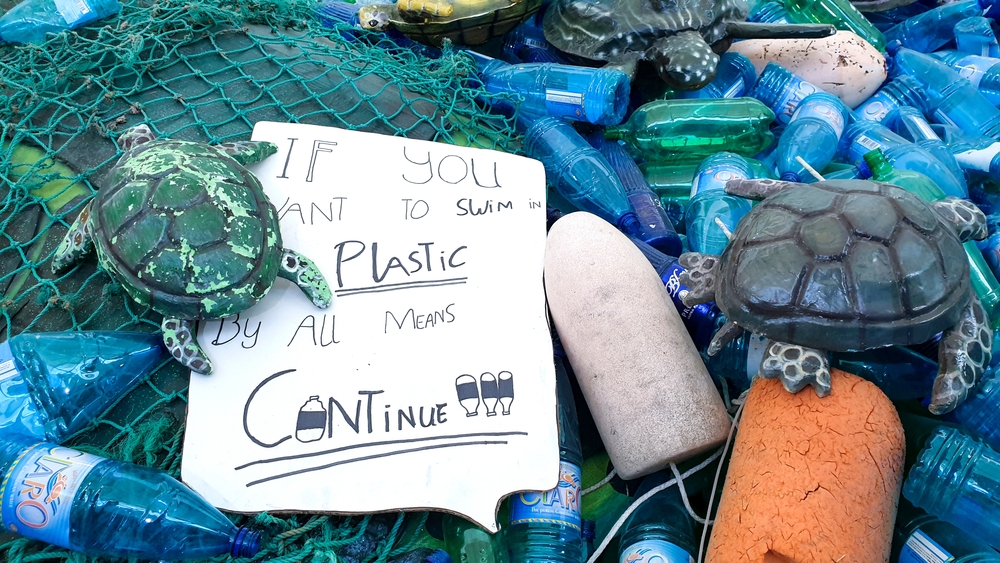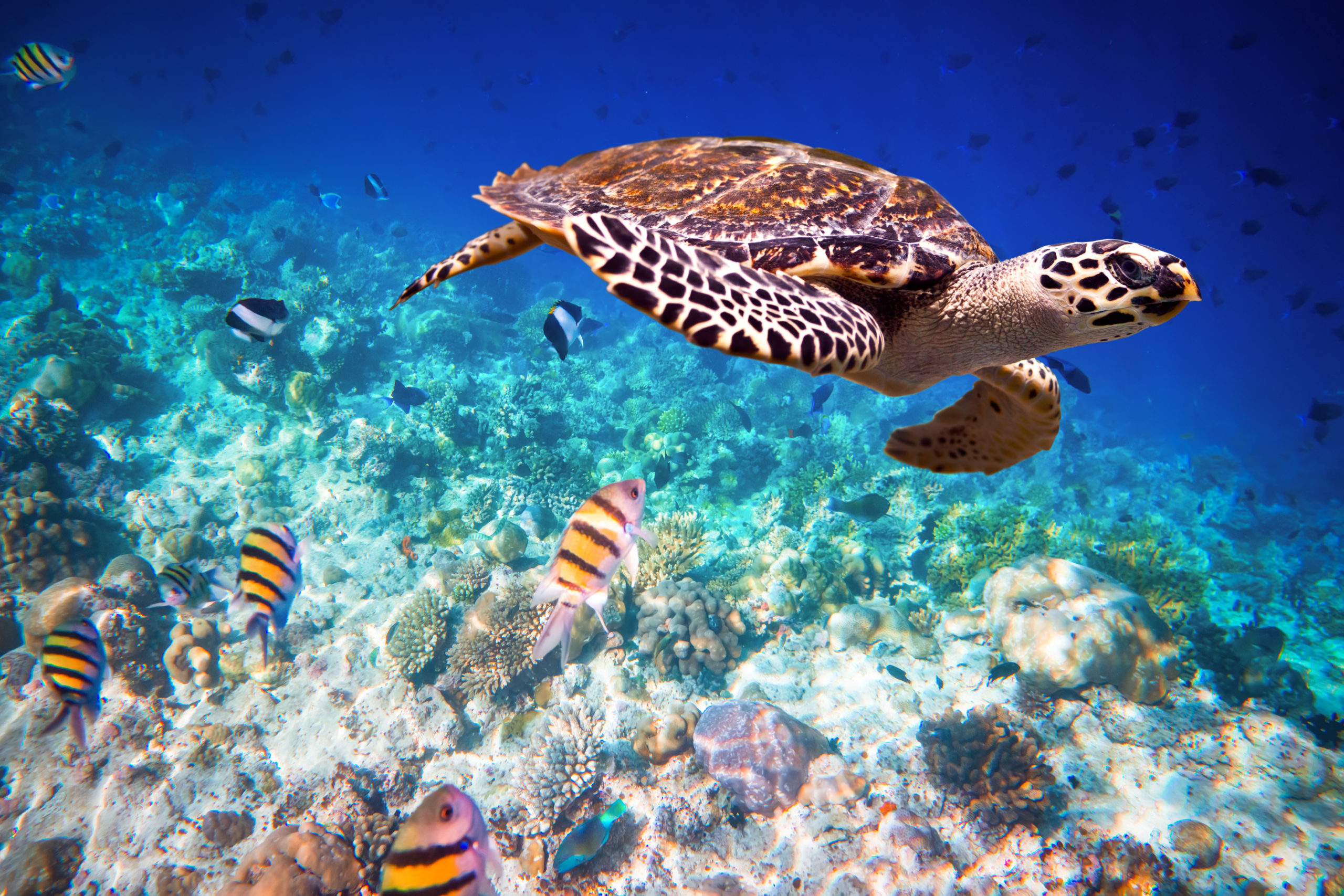Despite the not-so-welcome holiday arrival of a surge in new COVID-19 cases, tourism in the Caribbean appears to be starting to trend slowly upward. Resort managers describe a “trickle” in new bookings but are optimistic enough to start bringing back staff. The hope is that by March 2022 travelers will have regained some confidence in international travel and that within 12-18 months resort bookings and villa rentals will return to pre-COVID levels.
The industry will be ready. Greta Andzenge of the Caribbean Hotel and Tourism Association says, “There presently exist around 30,000 hotel rooms in some stage of planning or construction underway, mostly in the high end and luxury categories, and with over 60 percent of them underway in the Dominican Republic with a small portion of that in Jamaica.”
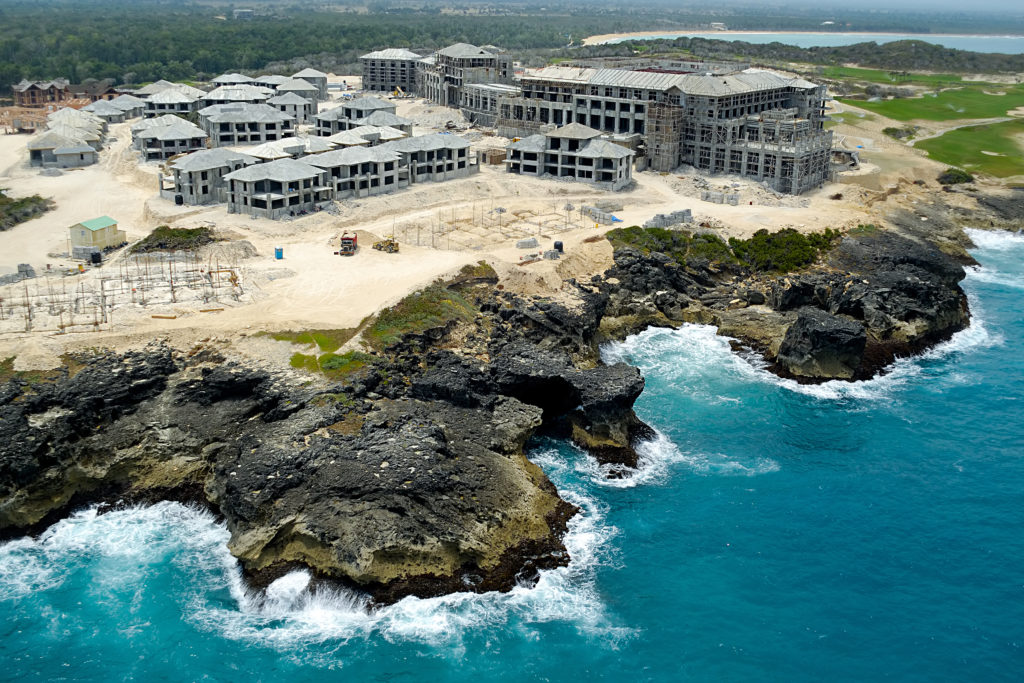
In the Cayman Islands, several new hotel and resort developments are under construction, including luxury residences at the Mandarin Oriental on Grand Cayman. The Cayman Compass reported this month that while the Cayman Islands economy is expected to grow a mere 1.2 percent in 2021 and the tourism industry is still lagging, construction and financial services are leading an economic rebound. Re-development of Bermuda’s flagship Fairmont Southampton is expected to begin early next year. The Government of Bermuda said the construction sector shrank 24.4 percent in 2020, yet high-end residential construction continued to be strong.
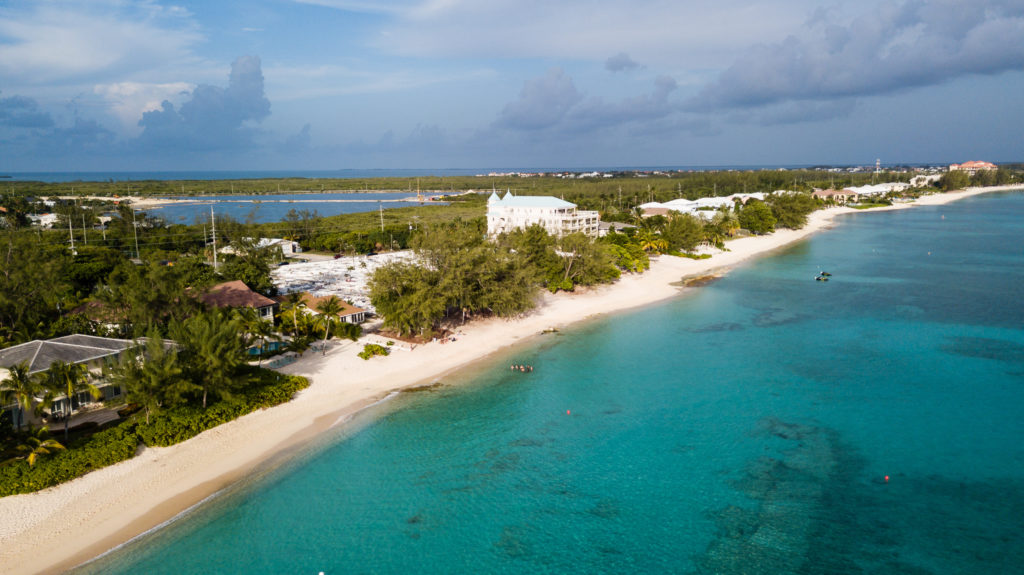
In the Turks and Caicos Islands, new luxury residences and residential resort units are coming to market. Smith Warner International, with its partner CMS, is in the construction phase of a major design-build project called South Bank in Long Bay, Providenciales. The development required a long-term vision and the transformation of a piece of virgin land with more than half a kilometer of rocky shoreline into a network containing a swimmable lagoon, marina, sandy beaches, and waterfront homes and condominiums. Director of Projects Chris Hylton describes the project as both challenging and exciting, “I’m proud of the fact that this is design-build at this scale– that we’ve been able to design ensuring that the client’s dream can be built and that we’re in the process of building.”
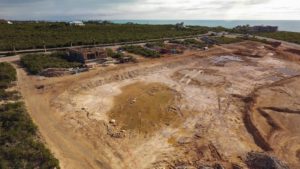
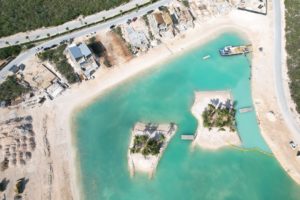
Chris explains that it is highly unusual to create an inland swimming lagoon, and the design of that feature required extensive modeling and teamwork. The biggest challenge, he says, was ensuring proper water circulation and quality. “That’s where the design comes in,” he continues, “ We had to create a flushing channel (to avoid water stagnation and the buildup of nutrients)… We designed it so that it would occur naturally.” The team also designed a submerged sill at the entrance to the lagoon to ensure that sand stayed within the swimmable area.
In addition to the unique challenges of designing a project of this scope, Smith Warner’s team also had to model and determine construction specifications for beach stability and shoreline protection in an area subject to tropical storms. With partner CMS, Smith Warner is executing the construction of the recreational and water features of the development, while a residential contractor builds the individual housing units. Chris adds, “My experience is such that not all engineers can build. It’s a unique skill set and I’m very proud of that.”
The first major phase of South Bank’s construction, the building of the lagoon, is complete. The next two phases include the excavation of the yacht marina with the installation of piling and the construction of docks. The excavation around the townhouses and the building of protective revetments is underway as well.
Projects like these are a driving force in helping the Caribbean tourism sector recover and a driver of overall economic recovery. The Caribbean is readying itself for the pent-up demand that nearly all expect to occur once COVID-19 subsides.
